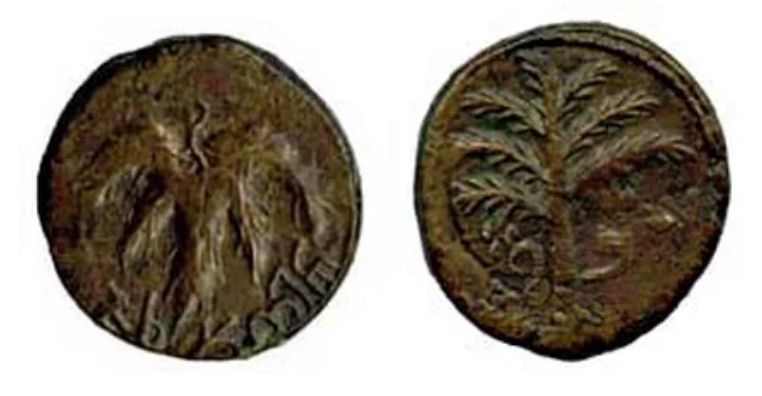Numismatics and Political Protest
Four Examples
By Don Sucha
The Deception Dollar
Image used with permission of Blaine Machan
The note pictured above has become a familiar feature at peace rallies and political protests across North America following the events of "9-11". The Deception Dollar was recently used by Congressman Jim McDermott in a speech to the United States Congress to demonstrate his opposition to U.S. spending on the war in Iraq. The note is festooned with the addresses of websites either opposed to the current U.S. actions in Iraq, opposed to the Bush Administration, or demonstrating United States complicity in the events of September 11, 2001. According to the Deception Dollar website, the note was "created as a portal to the best information we have found on 9-11".
Unlike most "funny money", the Deception Dollar (designed by Calgary artist and activist Blaine Machan) is finely printed on quality paper. Deception Dollars are now in their 6th series and are becoming collectibles in their own right with internet sites dedicated to the sale and trading of sets. Series one is, apparently, quite rare: series three is depicted above.
The Deception Dollar follows a long tradition of this form of political protest. The late Canadian Prime Minister Pierre Trudeau had probably more protest notes dedicated to him than any other politician, and Canadian Baby Boomers will certainly remember "Diefenbucks" which protested the devaluation of the Canadian Dollar during the term of Prime Minister John Diefenbaker.
Political protest in numismatics has not been limited to paper items, however, nor has it been limited to the twentieth century. Coins have been used to send political messages since ancient times.
Jewish Copper Coin, Second Jewish Revolution, c134 AD
Images courtesy
The Nickle Arts Museum
In 132 AD, following the imposition of laws by the Emperor Hadrian which banned many Jewish practices, Jewish forces under the leadership of Bar Kokhba and Rabbi Akiba took control of the city of Jerusalem and much of Judea. The coin at left bears the inscription "For the Freedom of Jerusalem" on the obverse (top). Jewish coins of this time period are thick with political messages, so much so that the message is often all that survives through the years. Standard references list this simply as a "Jewish copper coin". The political message has stood the test of time, but not the denomination.
"To Hanover" gaming token dated 1837
From 1714 until the death of King William IV in 1837, the King of England also ruled over Hanover. When Queen Victoria ascended the throne upon the death of her uncle, William IV, she was prevented by German law from succeeding to the throne of Hanover because she was a woman. The throne of Hanover then fell to another of Queen Victoria's uncles, the unpopular Prince Ernest, Duke of Cumberland.
Gaming tokens resembling circulating coinage were popular at that time and often bore moral or political messages. The reverse of this token (top) bears the legend "To Hanover" and shows Prince Ernest on horseback, jumping over a dragon on his way to his new realm. By satarizizing the device used on British Sovereigns and Half Sovereigns (Saint George slaying the dragon) the token poked fun at what was seen by some as Prince Ernest's exile to Germany.
The Vexator Canadinsis dated 1811
In the early 19th century there was a shortage of lower denomination coinage in Canada, predominantly pennies and half pennies. As the government in England was not forthcoming in the production of coinage for the colonies, companies and private individuals struck tokens in order to maintain commerce. Although widely used, these tokens had no legal status and creative means were often found to avoid the laws preventing their production. The Vexator Canadinsis token is arguably the most interesting of the pre-confederation Canadian Tokens. "Vexator Canadinsis", the legend on the obverse from which the token derives its name, translates as "Tormentor of Canada" which most scholars believe is a reference to King William IV. However, the coin is deliberately crude in its construction and the legend could also read "Venator Canadinsis" which would translate as "A Canadian Trapper". Regardless, the reverse legend "Wouldn't you like to catch them" belies the true satirical nature of the coin. Although the coin does not appear to be in circulation before the early 1830s, it bears the date 1811 as a means of avoiding the laws brought into effect to prevent the circulation of such coinage.
Image courtesy Calgary Coins and Antiques
How effective, then, is "funny money" as a means of getting across ones political message? If history is any indication, handing out the Deception Dollar at rallies is certainly a better way to communicate political views than simply handing out leaflets and examples of the Deception Dollar may well be around to teach future generations a little of the history of the early 21st century.




